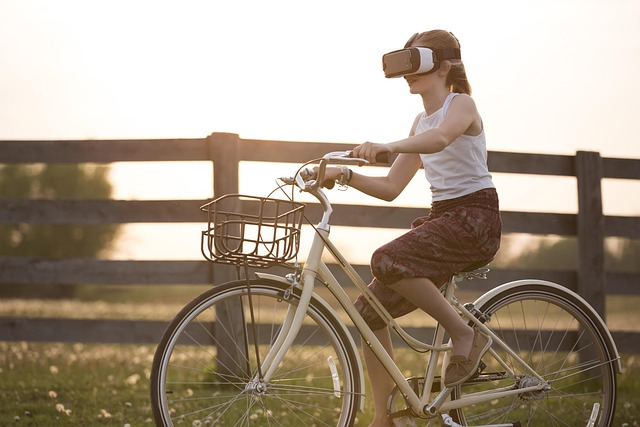Exploring the Future of Education: The Rise of Virtual Courses in Virtual Reality, Augmented Reality, and the Metaverse
The landscape of education is undergoing a monumental transformation as technology ventures into new territories. Traditional learning environments are being redefined by technological advancements, paving the way for virtual courses that leverage the immersive experiences of virtual reality (VR), augmented reality (AR), and the expansive possibilities of the metaverse.
The Power of Virtual Reality in Education
Imagine stepping into a virtual classroom where the walls are vividly designed, bringing to life the subject matter being discussed. Virtual reality offers students a captivating way to learn by simulating real-world environments. Whether it’s exploring the depths of the ocean during a marine biology lesson or walking through ancient ruins in a history class, VR makes learning an engaging experience that resonates with students on a personal level.
Research indicates that VR can significantly enhance comprehension and retention rates. The immersive nature of VR allows students to interact with 3D models and environments, fostering a hands-on approach that traditional textbooks cannot offer. This method not only captivates attention but also cultivates a genuine interest in the subject matter.
Augmented Reality: Bridging the Gap Between the Real and the Virtual
Augmented reality has emerged as a powerful tool in education, providing an innovative way to blend digital content with the physical world. With AR, students can use their smartphones or tablets to overlay digital information onto real-world objects, creating an interactive learning experience.
Imagine a biology student pointing their device at a plant and immediately receiving information about its species, growth rate, and ecosystem role. This instant access to relevant data can deepen understanding and encourage exploration beyond the classroom walls. As students engage with their learning material in this way, they are likely to feel more connected to the subject, fostering a lifelong love for knowledge.
Entering the Metaverse: A New Dimension of Learning
The concept of the metaverse has gained traction in recent years, evolving into an immersive, shared virtual space that offers endless possibilities for education. In the metaverse, educators and students can converge in a unified digital environment, regardless of geographic location. This connectivity breaks down traditional barriers to education, enabling collaborations and interactions that would not have been possible otherwise.
In this virtual realm, students can participate in intricate simulations, cooperative projects, and interdisciplinary learning experiences. Gone are the days of learning in isolation; instead, the metaverse encourages a community of learners who can share ideas, knowledge, and cultural perspectives from around the globe. This shared educational experience not only enhances learning outcomes but also fosters a sense of belonging, which is essential in today’s diverse society.
The Emotional Connection to Learning
At the core of this technological advancement in education is an emotional connection to learning. Virtual courses utilizing VR, AR, and the metaverse provide an avenue for personalized learning experiences. Students can learn at their own pace and express their creativity in ways that were previously unattainable. This freedom can ignite passion and curiosity, transforming the way individuals perceive education as a fundamental part of their lives.
As we stand at the cusp of this educational revolution, it’s vital to embrace these immersive technologies that offer fresh perspectives and avenues for growth. The future of education is bright, and with each new virtual course developed, we can envision a world where learning knows no boundaries—a world where the pursuit of knowledge is as breathtaking as the realities we create.



